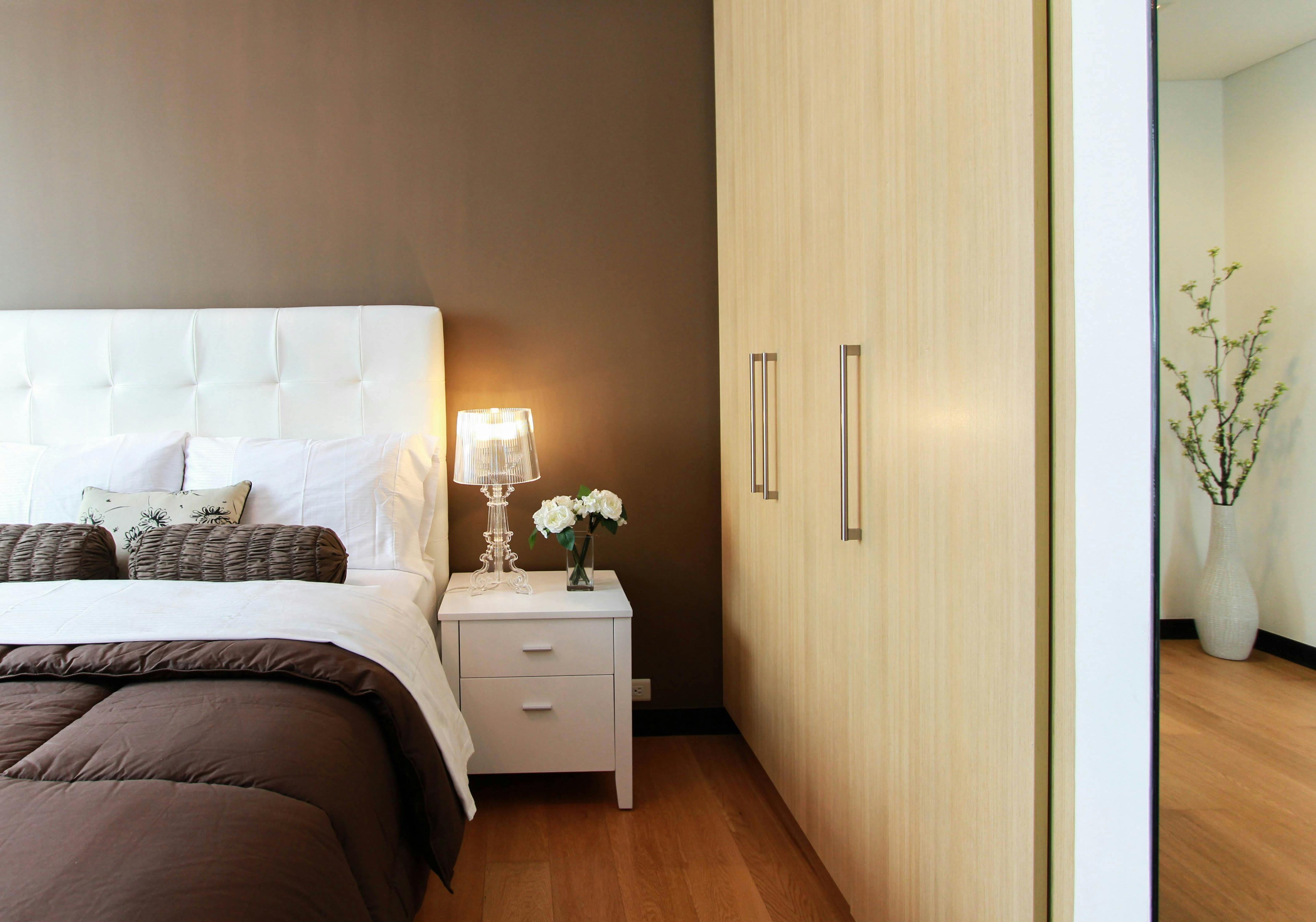How to Build a Sustainable Wardrobe


A sustainable wardrobe isn’t built overnight, and it doesn’t mean tossing everything out to start from scratch. It’s about slowing down, getting intentional, and making choices that honor both your personal style and the planet. The best part? It can feel freeing. When your closet works for you instead of against you, getting dressed becomes simple, joyful, and a lot less stressful.
Fast fashion thrives on overproduction and quick turnover. Clothes are made fast, sold cheap, and often fall apart after a handful of wears. The real cost shows up in overflowing landfills, polluted waterways, and garment workers struggling to earn a fair wage.
A sustainable wardrobe takes the opposite approach. It celebrates:
Longevity: Clothes designed to stay in rotation for years.
Ethics: Fair treatment and pay for the people who make your clothes.
Care for the planet: Fabrics and production methods that use fewer resources.
Personal style over trends: Choosing pieces that feel like you instead of chasing what’s “in.”
When you start thinking about fashion this way, it naturally shifts the way you see your own closet. And the best place to begin is right where you are.
The most sustainable wardrobe is the one already hanging in your closet. Instead of rushing to buy “better” pieces, take a closer look at what you have. Which items do you reach for again and again? Which ones just take up space? Sometimes rediscovering what you already love, and letting go of what you don’t, is enough to give your wardrobe a fresh start.
Try this: pull out a piece you haven’t worn in a while and style it in three different outfits. You might surprise yourself with how versatile it really is.
Once you know what’s working for you, you’ll be able to shop more intentionally and avoid falling back into the cycle of buying things that don’t last.
Building a sustainable wardrobe doesn’t mean buying more, it means buying better. That could look like picking up a great pair of jeans secondhand, swapping clothes with a friend, or saving up for a timeless blazer from a brand you trust.
Before you bring something new into your closet, ask yourself:
Will I wear this often and in different ways?
Does it work with what I already own?
Am I buying this because I love it, or just because it’s on sale?
Shifting your mindset around shopping is one of the most powerful changes you can make, and it goes hand in hand with another helpful concept: cost per wear.
One of the best tools for building a sustainable wardrobe on a budget is thinking in terms of cost per wear. Instead of focusing only on the price tag, ask yourself how much use you’ll get out of the item.
Here’s how it works:
A $25 fast fashion dress you wear twice = $12.50 per wear.
A $120 sustainably made dress you wear 40 times = $3 per wear.
The cheaper option might look like a deal up front, but the higher-quality piece ends up being far more affordable in the long run.
Tip: When you think about purchases this way, you’ll naturally gravitate toward versatile, durable pieces that earn their place in your closet. And that’s the essence of sustainable fashion.
If you do add something new, pay attention to fabrics. Some require huge amounts of water and chemicals, while others are naturally durable and lower impact.
Good options include:
Organic cotton: Softer on the skin and the planet.
Linen and hemp: Strong, breathable, and made from hardy plants that need less to grow.
Wool and silk: Natural and biodegradable when untreated.
Recycled fibers: Give existing materials a second life.
Choosing the right fabrics is another way to think long-term about your wardrobe. After all, the best clothes are the ones you’ll actually want to keep wearing.
Building a sustainable wardrobe isn’t just about what you bring in, it’s about how you care for what you already have. Clothes last longer when they’re treated with care, and that’s better for both your wallet and the planet.
Wash only when needed, and in cold water.
Line dry instead of using the dryer whenever possible.
Mend small rips or loose buttons before they become bigger problems.
Store knits folded to keep their shape.
The more you care, the longer your clothes stay with you. And when you combine good care habits with thoughtful purchases, you’re setting the stage for a wardrobe that truly lasts.
Sustainable closets aren’t built on perfection. What matters is progress: slowing down, asking better questions, and choosing clothes that reflect your values as much as your style. When you take that approach, your wardrobe becomes more than just outfits - it becomes a reflection of the care you put into yourself, the planet, and the people behind your clothes.